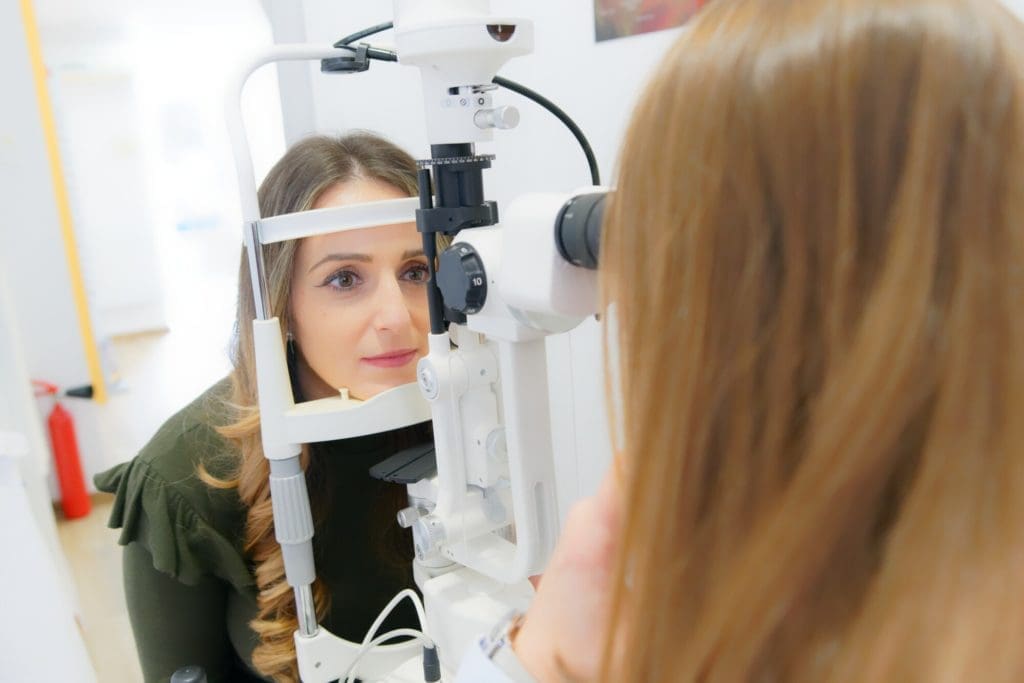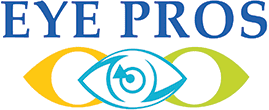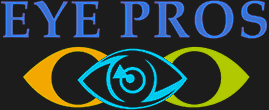Five Early Signs of Cataracts And What To Do

The World Health Organization (WHO) estimates that cataracts cause 51% of blindness in the world. If you have cataracts, it’s important that you get treatment as soon as you can. Cataracts tend to develop slowly but can cause a lot of damage if you don’t get treatment for them. It’s important to watch out for early signs of the condition and to get a professional opinion about them. In this guide, we’ll list the 5 early signs of cataracts and tell you what you can do about them. Understanding Cataracts: Symptoms, Causes, and Treatment Options Early detection is key when it comes to managing cataracts effectively. By catching the condition in its early stages, you can take steps to slow its progression and reduce the risk of serious complications like blindness. If you’re asking, “What can you do about cataracts?”, it’s essential to understand the measures you can take to protect your vision. What Are Cataracts? Cataracts develop gradually over time, making it difficult to notice the changes in your vision at first. However, if left untreated, cataracts can significantly impact your daily activities and even lead to blindness. What is the First Sign of Cataracts? The first sign of cataracts is often blurry vision that cannot be corrected with new glasses or contact lenses. You might notice that your vision is becoming foggy or that colors appear less vibrant. Over time, this blurriness can increase, making everyday tasks such as reading or driving more challenging. Causes of Cataracts There are several causes of cataracts, with age being the most common factor. As you age, the proteins in the lens of your eye can start to break down and clump together, forming a cataract. Other causes include: Exposure to Ultraviolet (UV) Radiation: Prolonged exposure to UV rays from the sun can increase the risk of developing cataracts. Diabetes: High blood sugar levels can lead to the development of cataracts at an earlier age. Smoking and Alcohol Consumption: These habits are linked to a higher risk of cataracts. Eye Injury or Surgery: Previous eye injuries or surgeries can contribute to cataract formation. Genetic Factors: A family history of cataracts can increase your likelihood of developing the condition. Prolonged Use of Steroid Medications: Long-term use of corticosteroids can lead to cataracts. Cataracts typically develop slowly, so you may not notice significant changes in your vision right away. However, if left untreated, cataracts can progress and lead to more severe vision problems, including blindness. Fortunately, cataracts are treatable with a simple and common surgical procedure. Cataract surgery involves replacing the cloudy lens with an artificial one, restoring clear vision. This procedure usually takes around 30 minutes and is highly effective, with most patients experiencing improved vision shortly afterward. Early Signs of Cataracts Cataracts often develop slowly, but recognizing the early signs of cataracts is crucial for timely intervention. Here are the top symptoms to watch out for: 1. Clouded, Blurred, or Dim Vision One of the most common early signs of cataracts is experiencing clouded, blurred, or dim vision. This occurs when proteins in the eye’s lens clump together, causing light to scatter and preventing clear images from forming on the retina. Over time, this cloudiness worsens, making daily activities like reading or driving more challenging. 2. Trouble Seeing at Night As cataracts progress, many people experience trouble seeing at night. Low-light conditions become more difficult to navigate, and you may notice that driving at night becomes increasingly dangerous. This symptom is often accompanied by increased sensitivity to glare. 3. Sensitivity to Light and Glare Sensitivity to light and glare is another early symptom of cataracts. You might find bright lights uncomfortable or even painful, especially when exposed to direct sunlight or headlights. This sensitivity is more pronounced with posterior subcapsular cataracts, which can cause significant discomfort in bright environments. 4. Seeing Halos Around Lights Seeing halos around lights is a common issue for those with cataracts. This visual phenomenon occurs when light entering the eye is scattered by the cloudy lens, creating a halo effect around bright lights, particularly at night. This can interfere with activities like driving after dark. 5. Frequent Changes in Eyeglass or Contact Lens Prescription If you find yourself needing to update your eyeglass or contact lens prescription more frequently than usual, it could be due to the progression of cataracts. Rapid changes in vision often signal that the cataract is advancing, affecting your eyesight significantly. 6. Fading or Yellowing of Colors Cataracts can lead to fading or yellowing of colors, making the world around you appear less vibrant. This occurs as the lens of your eye begins to take on a yellow or brownish tint, which filters out certain colors and diminishes contrast. Over time, this can make it difficult to distinguish between different shades, impacting activities like choosing clothing or interpreting traffic lights. 7. Double Vision in One Eye Experiencing double vision in one eye (diplopia) is another potential early sign of cataracts. This symptom arises when the light entering the eye is split by the cataract, causing you to see two images of a single object. Although double vision can also be caused by other medical conditions, cataracts are a common culprit when it occurs in just one eye. 8.Need for Brighter Light for Reading and Other Activities As cataracts develop, you may find yourself needing brighter light for reading or other close-up tasks. This is because the clouding of the lens reduces the amount of light that reaches the retina, making it harder to see clearly in dim lighting conditions. What to Do If You Notice These Symptoms If you notice any of these early signs of cataracts, it’s important to consult with an eye care professional as soon as possible. Early detection and intervention can help prevent the condition from worsening and preserve your vision. Cataract surgery is a common and effective treatment that can restore clarity to your vision and improve your quality of life. How to Slow Down Cataract Growth While cataract surgery is

